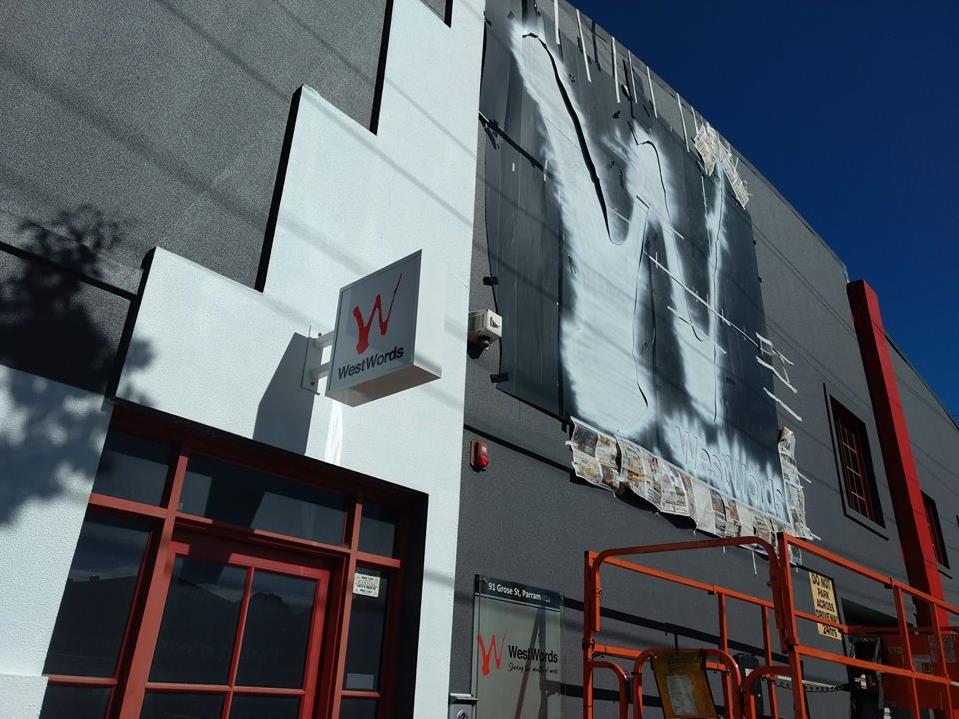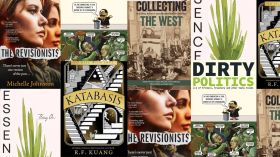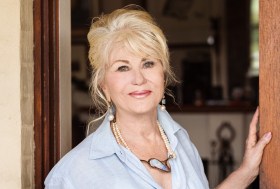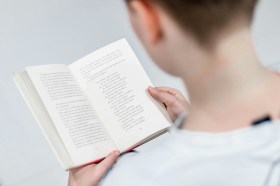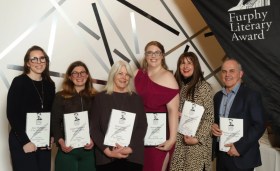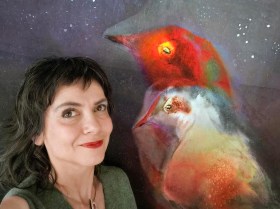Image via www.facebook.com/WestWords
Community organisation WestWords has opened a new Centre for Writing in Parramatta, including a dedicated writer’s room.
The new facility will oversee WestWords’ programs in schools and communities around Parramatta and will also provide a dedicated space for writers and artists from the area. Additional writers’ rooms have opened in Campbelltown and Katoomba.

